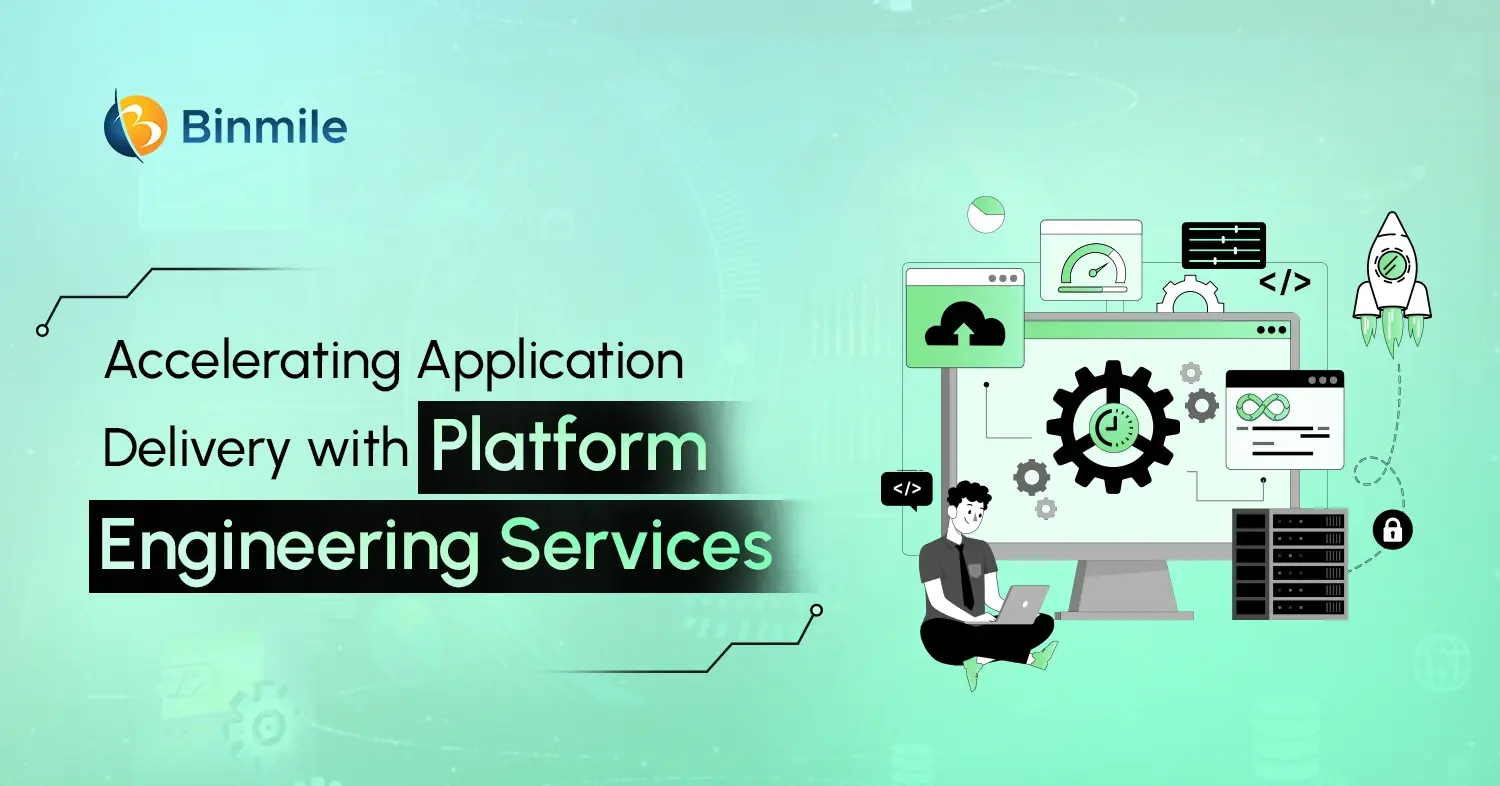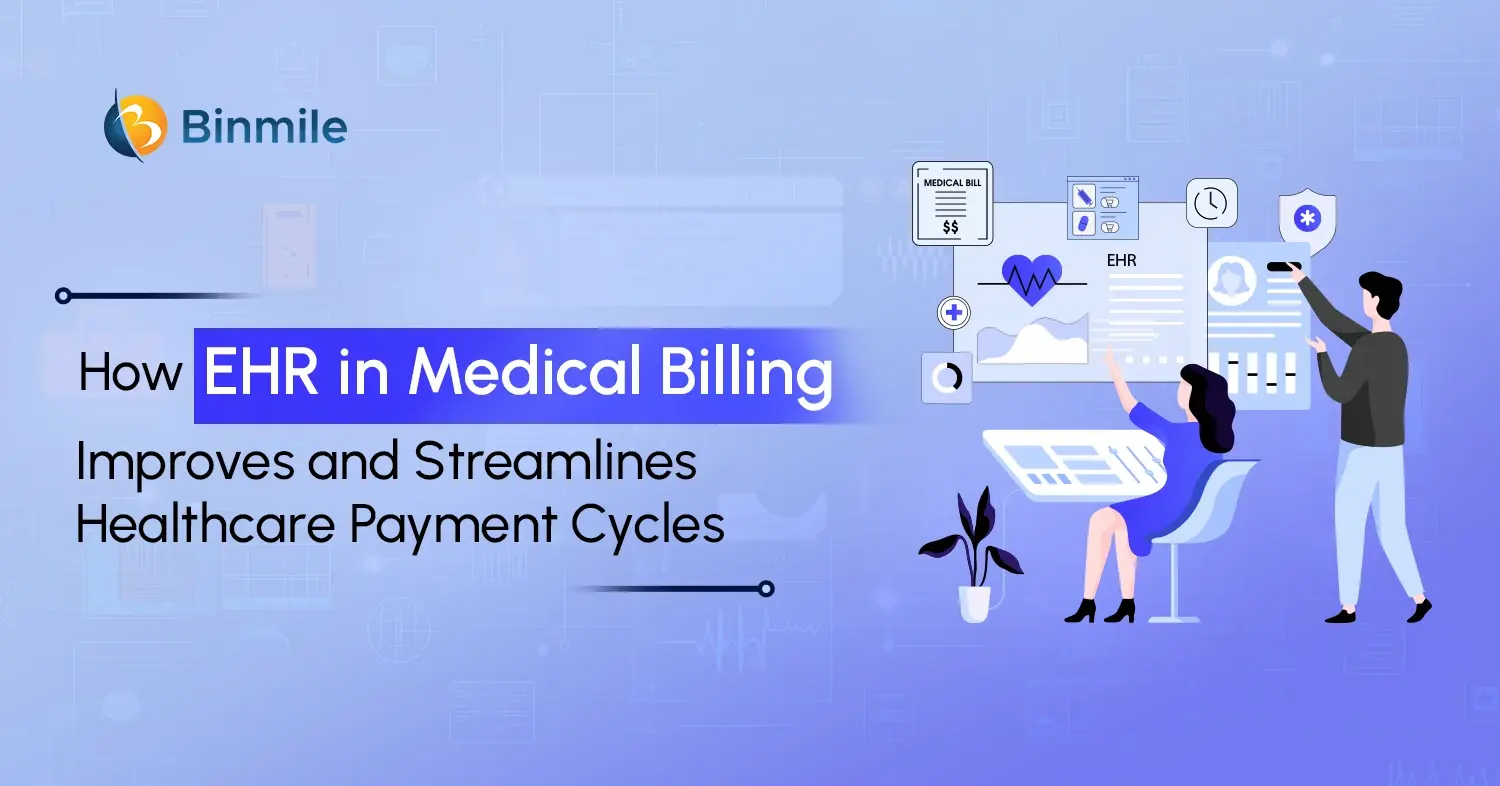Achieving successful investments in technology-driven companies relies a lot on properly evaluating their underlying technical assets, capabilities, and processes. If you are an aspiring investor or business owner looking forward to exploring a business opportunity in this digital era, conducting a thorough evaluation before committing to financial resources is crucial. Although many investors conduct comprehensive commercial and financial due diligence, they struggle to evaluate the tech foundation of their target investments, only to discover post-acquisition that the technical reality doesn’t match pre-deal expectations. So how can investors ensure they fully understand the technology capabilities of potential acquisition targets? Technology Due Diligence (Tech DD) provides the answer.
What is Tech DD? It is a specialized evaluation conducted by subject matter experts, typically former CTOs or CPOs with strong technology backgrounds. Their expertise ensures a thorough inspection of all relevant aspects of the technology and product value chain. This clear insight into an organisation’s technological capabilities is key to making informed decisions about future-defining business transactions. In this blog, we will discuss in detail what the technical due diligence checklist entails and explore its major components and key benefits. Additionally, we will offer a comprehensive 7-step guide to conducting it effectively to help you implement a robust evaluation process and identify value creation levers for post-transaction enhancement.
What is Technology Due Diligence?
Technology Due Diligence or Tech DD is an all-inclusive review of the technology ecosystem of a business, like IT infrastructure, software, security, processes, and other digital products. The goal is to identify any potential transaction risks, opportunities, investment terms, and post-acquisition enhancement opportunities as part of an investment or acquisition process.
Unlike financial or commercial due diligence, which focuses on business metrics and market position, technology owing diligence examines the quality, scalability, security, and sustainability of the technical infrastructure and product development practices that power an organization. Additionally, it involves evaluating the technical team’s capabilities, reviewing the intellectual property portfolio, and analyzing the technology roadmap’s alignment with business objectives.
Game-Changing Business Benefits of Technology Due Diligence for Investors
What’s in it for you, the investor or business owner? Here are 5 key benefits of technology due diligence that you can’t afford to miss.
- Accurate Valuation Assessment: A Due diligence assessment ensures that your investments reflect their true worth. It helps verify functionality, sustainability, and advantages, and adjust pricing based on findings like restrictive licenses. This accurate valuation assessment is a key factor in making secure investment decisions.
- Integration Planning and Synergy Realization: A due diligence technology checklist highlights compatibility and dependencies, aiding realistic integration plans and resource allocation. It boosts synergy success and prevents pitfalls like overlooked complexities during transitions.
- Risk Mitigation and Discovery: Tech DD plays a crucial role in revealing hidden issues like technical debt, security flaws, or scalability limits that could disrupt a deal. Assessing code, infrastructure, and practices enables better negotiation and early fixes, thereby preventing costly surprises post-acquisition.
- Competitive Advantage Assessment: This due diligence assessment checks if a target’s technology offers lasting advantages through differentiation, IP protection, and innovation. It guides the strategic use of assets in fast-changing markets where edges fade quickly.
- Roadmap Validation and Strategic Alignment: By reviewing software development services and plans with feasibility, due diligence ensures the intended company’s roadmap aligns with strategic goals. It also lets you avoid unrealistic plans and clarifies long-term growth potential.
Critical Components of the Technical Due Diligence Checklist
Mainly, the components in due diligence assessment depends on the agreed upon scope with the client, but Tech DDs can usually have these, among other elements:

1. Technical Architecture Assessment
This element evaluates the technology stack’s design, including architecture, infrastructure, and databases, by checking scalability, flexibility, and reliability and identifying weaknesses like bottlenecks or poor governance. As strong architecture supports growth with clear design principles, this assessment will also ensure documentation and governance processes are fully met efficiently.
2. Code Quality and Technical Debt
This is an element that reviews standards, test coverage, and technical debt from rushed choices, using tools to measure complexity and defects. It may also include build and deployment processes, informing maintenance cost estimates, and valuation. This insight helps anticipate resource needs for future enhancements.
3. Data Architecture and Governance
It involves examining data models, storage, and security, ensuring quality, compliance, and scalability. In addition, it also helps businesses assess governance and privacy measures, which are vital for data-driven firms to extract value securely, promotes verifying data integrity, and effectively supports business insights.
4. Technical Team Capability and Structure
Your business needs to gauge innovation capacity and team resilience to change before you invest. Tech DD helps you do precisely that. You can review team structure, skills, and practices, spotting gaps or key-person risks. This also lets you evaluate methodologies and documentation, aiding retention and capability planning post-deal.
5. Third-Party Dependencies and Supply Chain
This component enables organizations to make sure critical dependencies are manageable even post-acquisition. It can be from identifying external services, licenses, and vendor stability to analyzing risks like disruptions or compliance issues, other than keeping license adherence and updating reliability.
The Ultimate Due Diligence Technology Checklist: Key Factors to Consider
A good technology due diligence consulting is the key to successful due diligence, but to achieve that, it is crucial to understand what to expect and the context of what to explore before developing the plan. A detailed due diligence technology checklist can help, so let’s discuss it:

1: Roadmap & Strategy
Before you build a technology DD, you need to evaluate the existence of a clear and cohesive strategy and roadmap process across the organization. With SWOT competitive awareness, you can achieve that, at so focus on these areas:
- Development, maintenance, and dissemination of a practical and well-documented roadmap.
- Clear identification and resolution of product/service gaps to meet market demands.
- In-depth exploration of product strategies, including technological advancements.
- Proficiencies in planning and techniques for product management.
- Well-disciplined execution processes and organizational maturity (e.g., managing backlog epics and ensuring backlog health).
2: Organization and Leadership
Explore the technology team setup and health, as this lets you understand whether you have the team with the right skills and leadership in place to implement the roadmap with cost efficiencies. Key areas for the checklist:
- Gain a comprehensive understanding of the organization’s structure and reporting hierarchy before utilizing technology due diligence consulting.
- Assess the equilibrium across disciplines and functional areas.
- Analyze the capacity to attract and retain skilled employees, including trends in attrition.
- Evaluate the existing efficiency levels within the organization.
3: Software Architecture
Evaluate end-to-end software architecture suitability for the current business to check if it fits the investment scope, efficiency of design, and stability, and if it can evolve and stay competitive. Focus areas:
Architectural design patterns, their robustness, potential limitations, and obstacles.
- Processes for ensuring the maintainability of the architecture and codebase.
- Strategies for scalability, including limitations and KPIs.
- Analysis of technical debt levels and approaches for effective management.
- Security architecture, vulnerability assessment, and principles for secure coding.
- Integration capabilities and extensibility of the architectural framework.
- Lifecycle management of data architecture (e.g., collection, cleaning, etc.).
- Database handling and data security measures, including sensitive data protection and encryption.
- Utilization of open-source resources, licensing protocols, and intellectual property considerations.
- Procedures for quality assurance, deployment efficiency, and minimizing time to market.
4: IT Infrastructure
It is essential to understand the infrastructure deployment model (on-premise, type of cloud) or its organizational policies and regulatory compliance. This evaluation enables you to identify any potential security risks, especially if it is a technology company with an entire software development team and many more technical processes involved. Top areas to focus on:
- Cloud-based infrastructure deployment with scalability, resilience, and recovery mechanisms.
- Cybersecurity tools, controls, and proactive measures like incident response and vulnerability assessments.
- Utilized site Reliability Engineering practices to assess the reliability, scalability, and operational efficiency of the organization’s systems.
- Data privacy and security management, including sensitive data protection and encryption.
- Monitoring and intrusion detection systems for infrastructure and physical security.
- Third-party assessments, inventory tracking, and employee security education.
- DevOps automation maturity, deployment tools, and quality assurance processes.
- Business continuity and disaster recovery planning with testability.
- Management of internal applications for operational efficiency.
5: Product Quality
A detailed evaluation of an organization’s tech or product portfolio not only offers insights into the current state of the assets (in terms of feature offerings, design, UX, bug backlog, and production issues) but also assesses their scalability prospects and alignment with business goals. Key areas:
- Approach to performance testing tools and quality assurance
- Level of automation, code coverage, and ability to catch bugs upstream
- Test case management process and tools
- Quality organization health and inclusion in the team
- Bug backlog management and feedback into product
- Metrics for product health across the software development lifecycle from definition to production
6: Working Methodology (SDLC and Tools)
Every organization has its own working culture, which ensures that it is well aligned with yours. Examine how the team (tech or non-tech) operates and their engineering practices (PM, Dev, QA), execution capabilities, and maturity. Consider:
- Embracing an agile mindset with a focus on continuous improvement.
- Commitment to sustained progress through consistent enhancement efforts.
- Processes for planning and managing product releases effectively.
- Plans to scaling engineering teams.
- Frameworks for sprint planning and management.
- Analysis of delivery patterns across multiple release cycles.
- Evaluation and optimization of the tools ecosystem for enhanced productivity.
- Ensuring timely and high-quality delivery aligned with the roadmap and investment objectives.
- Utilization of key performance]nce indicators (KPIs) throughout the lifecycle.
7: Customer Support Excellence
Your end users are a critical component of your business growth and success. So, while you assess the financial, commercial, or even tech part of acquisition or investment, keep the customers an active part of your tech DD plan. So, consider the customer-focus mindset, efficiency of services, product quality, hot issues, and competitiveness. Key areas:
- Comprehensive customer support workflows.
- Processes for tracking and addressing defect rates.
- Management and resolution of escalation cases.
- Clear division of responsibilities between support and engineering teams.
- Optimization and evaluation of the support tools ecosystem.
- Incorporation of customer feedback into product development.
Ensure Your Tech Readiness—Book a Comprehensive Software Integration & Due Diligence Review Today!
Technology Due Diligence (Sell-Side)
While we discussed at length how businesses are exploring the opportunity to invest or buy a tech-enabled company. It is equally essential for the company that is being acquired or looking to get invested to have its due diligence. Why? You will have a better chance of getting the deal if you have already resolved the issues before they surface during the due diligence process. So, to effectively perform tech owing diligence, focus on these areas to identify and rectify problems before any buyer gets involved:
- Evaluate the scalability, reliability, and resilience of the physical and cloud-based infrastructure.
- Examine security controls, tools, and processes, including incident response and vulnerability management.
- Assess data privacy policies, storage protocols, and encryption practices for sensitive information.
- Review deployment tools, processes, and maturity to ensure efficient and quality delivery.
- Verify adherence to regulatory standards and identify potential risks or gaps in compliance.
7 Steps to Conducting Effective Technology Due Diligence Process
So far, we have understood the importance of technology due diligence in getting businesses a higher value deal. Since we have already discussed the checklist, now let’s move on to exploring a few steps to successful tech due diligence:

1. Define Scope and Objectives
Specify your technical due diligence, as well as its scope and objectives, tailored to the investment’s strategic goals. Start by identifying critical technology areas—such as code quality or supply chain resilience—set evaluation priorities, and determine the depth of analysis. For software, the focus may center on scalability; for hardware, on manufacturing processes. Having clear criteria, targeted questions, and stakeholder involvement ensures alignment with intent, preventing superficial reviews or costly overanalysis. Proper scoping directs efforts efficiently, supporting integration, standalone use, or component leverage as per the investor’s strategy.
2. Assemble the Right Team
Technology due diligence demands a diverse, expert team to address complex technical landscapes. This includes former CTOs or CPOs with dual technical-business expertise, supplemented by specialists like software architects, cybersecurity experts, or IP attorneys, depending on the sector. Domain specialists ensure depth, while generalists link findings to commercial outcomes. When you have defined roles, communication protocols, and decision-making frameworks, this enables efficient synthesis of insights, delivering cohesive recommendations that enhance the investment process.
3. Analyze Technical Architecture and Infrastructure
Evaluate the target company’s technical architecture and infrastructure for sustainability and scalability. You should review system design, data flows, deployment setups, and cloud resources, identifying strengths and weaknesses like technical debt or scalability bottlenecks. The analysis checks adherence to industry standards and assesses third-party dependencies for operational risks. Findings reveal technical maturity, maintenance ease, and integration feasibility, providing critical insights into the technology’s long-term viability and post-acquisition needs.
4. Evaluate Software Development Practices
Assessing software development practices gauges code quality and adaptability. It can involve reviewing methodologies, coding standards, testing processes, and version control, alongside code samples for maintainability and debt. Focusing on metrics such as deployment frequency and team performance indicates efficiency. The evaluation also examines team skills and risks, offering insights into post-acquisition modification potential and highlighting areas for process enhancement to ensure sustainable development.
5. Conduct Security and Compliance Assessment
Examine security and compliance to uncover risks impacting value in the post-acquisition process or the future. It includes vulnerability scans, penetration tests, and reviews of security policies, access controls, and incident response. Compliance with standards like GDPR or HIPAA is a must, alongside adherence to third-party risk management. This will help you estimate remediation costs and flag deal-critical issues, thus making sure the technology meets acceptable security and regulatory benchmarks post-transaction.
6. Review Intellectual Property and Licensing
This review confirms ownership of patents, copyrights, and trade secrets, assessing usage restrictions. It analyzes open-source licenses for obligations and examines contracts for transfer limitations or revenue-sharing terms. Legal and technical experts collaborate to evaluate patent validity and infringement risks, ensuring precise control and commercialization potential. Doing so will also help you set valuation and deal structuring, addressing any IP-related constraints.
7. Develop Findings and Recommendations
This step summarizes and synthesizes all due diligence insights into actionable findings and recommendations. It prioritizes risks by severity and mitigation efforts, detailing technical strengths, weaknesses, and enhancement opportunities. Recommendations cover valuation adjustments, pre-closing conditions, and post-closing strategies, balancing technical precision with business context. Therefore, analyzing and working on the output equips you with the insight to decide on proceeding, renegotiating, or mitigating risks, ensuring clarity for both technical and non-technical stakeholders in planning whether to go through with the deal or not.
Make informed M&A decisions with expert-led Technology due diligence, ensuring insights into scalability, security, and code quality.
Final Reflection on Technology Due Diligence
Technical due diligence aids in making the transaction successful and valuable to your investment. After all, when you methodically examine technical assets, capabilities, and risks, you not only get the foundation for informed decision-making and effective post-deal technology enhancement but also avoid costly surprises, negotiate more favorable terms, and develop realistic value creation plans. As technology continues to drive business value across industries, the importance of rigorous Technology due diligence will only increase, making it an essential capability for organizations engaged in technology investments, mergers, acquisitions, and significant strategic partnerships.
Hopefully, this blog has given you an in-depth insight into how to conduct technology due diligence that can be adapted to various investment types and technology environments. In addition, the detailed look at its crucial components, benefits, and checklist will assist in making informed investment decisions and also provide valuable guidance for technology governance and development priorities long after the deal closes.
Frequently Asked Questions
Technology due diligence is a comprehensive review of a company’s technology, processes, and team to assess risks and opportunities before an investment or acquisition. It is important because it helps investors understand the scalability, security, and overall health of the technology to make informed decisions
Start by organizing key documentation, reviewing your codebase, and ensuring your engineering and security practices are well-documented. Preparation also includes being ready to answer questions about your tech stack, team, and processes to demonstrate transparency and readiness
Common risks include outdated technology, poor code quality, lack of documentation, security vulnerabilities, and over-dependence on third-party services. Identifying these risks early helps both buyers and sellers address potential deal-breakers before closing
Investors should examine the scalability, security, and maintainability of the technology, as well as the strength of the technical team and their ability to support future growth. A thorough review ensures the technology aligns with the business’s long-term objectives









